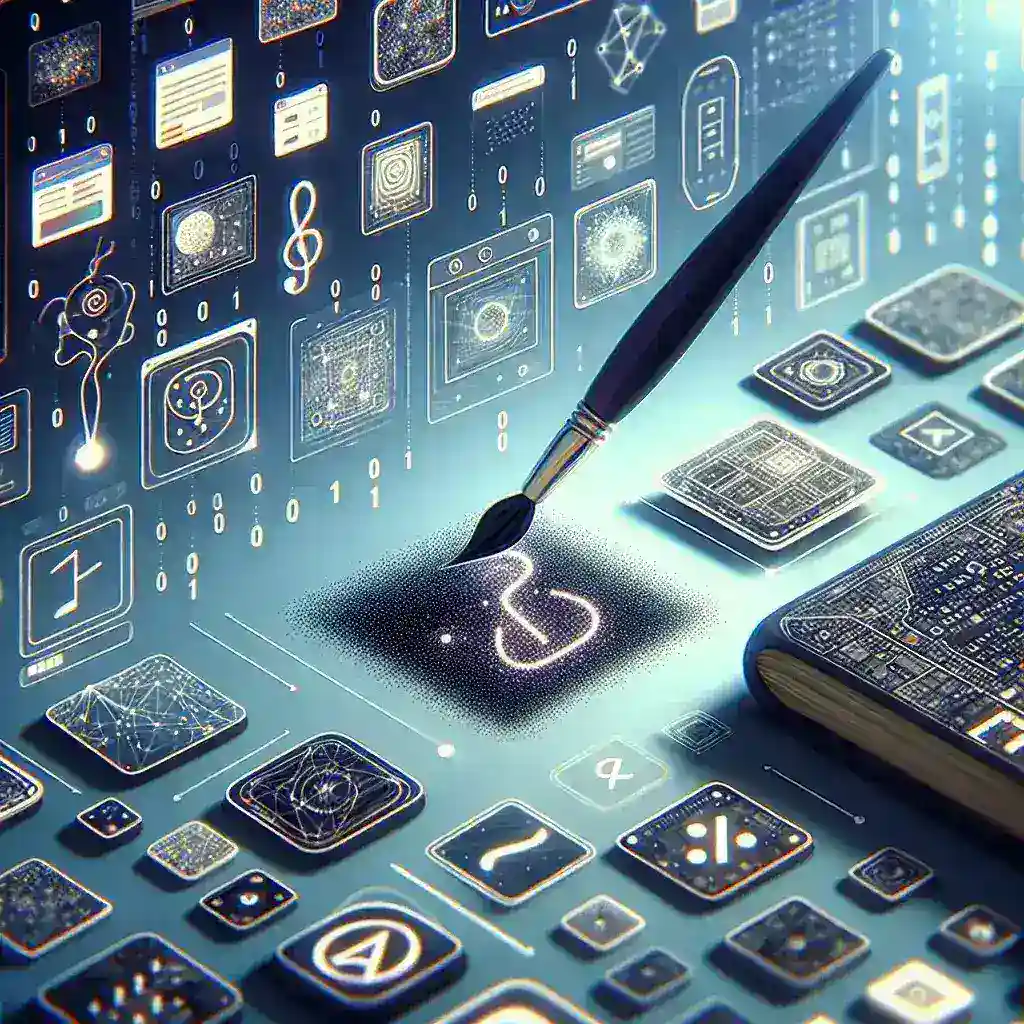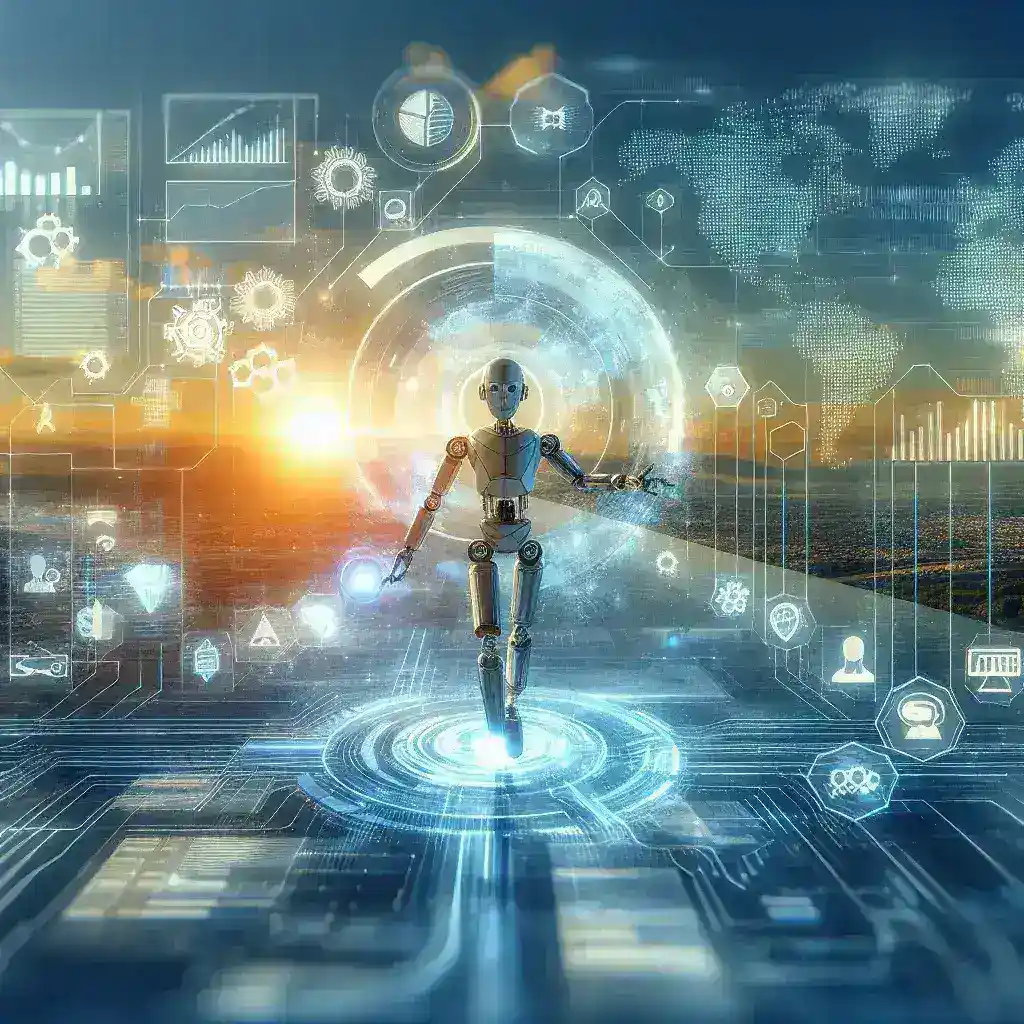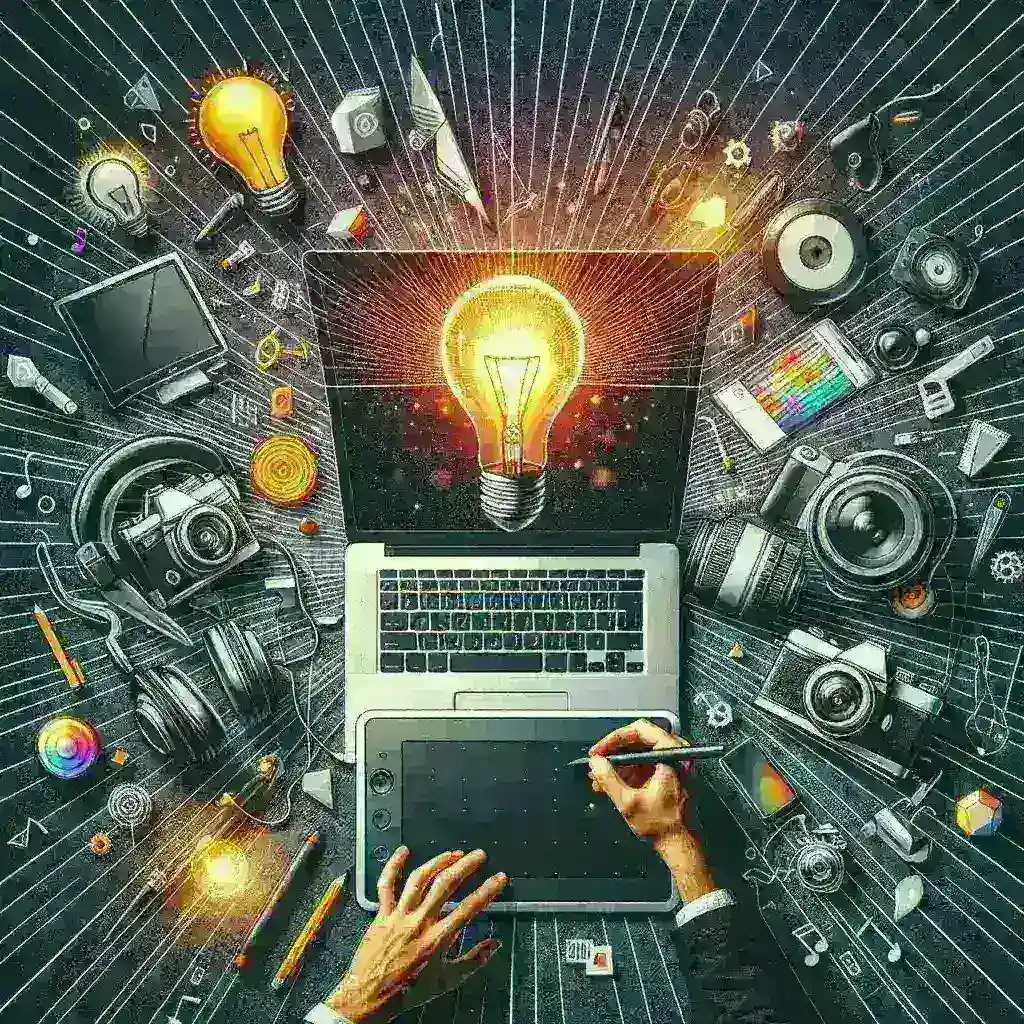AI Tools That Generate UI Components: A New Era in UI Design
The world of UI design is constantly evolving, and artificial intelligence is playing a pivotal role in shaping its future. One of the most exciting developments is the emergence of AI tools capable of generating UI components. These tools offer a range of benefits, from streamlining workflows and accelerating development to enhancing creativity and accessibility. This article explores some of the leading AI tools currently available and examines their impact on the design landscape.
How AI-Powered UI Component Generators Work
These intelligent tools leverage machine learning algorithms, often trained on vast datasets of existing UI designs. This allows them to identify patterns, styles, and best practices, enabling them to generate components that align with modern design principles and user experience best practices. Many tools allow for customization, offering options to specify design parameters like color palettes, typography, and layout structures, giving designers significant control over the final output.
Some tools focus on generating entire screens or layouts based on textual descriptions, while others specialize in creating individual components like buttons, input fields, or navigation menus. The underlying technology varies, but the common goal is to automate a significant portion of the UI development process, freeing up designers to focus on higher-level creative tasks and strategic decisions.
Top AI Tools for Generating UI Components
- Tool A: Known for its intuitive interface and robust customization options, Tool A excels at generating a wide range of components. Its AI algorithms are adept at understanding design context and producing cohesive, visually appealing results. It’s a strong choice for both beginners and experienced designers.
- Tool B: Tool B distinguishes itself through its advanced features for generating complex layouts and interactive components. Its strength lies in its ability to handle intricate design requirements and produce highly functional, responsive interfaces. It’s ideal for projects demanding sophisticated interaction designs.
- Tool C: This tool emphasizes speed and efficiency. It’s designed for rapid prototyping and iterative design, making it a valuable asset for projects with tight deadlines. While its customization options may be less extensive than some competitors, its speed and ease of use are significant advantages.
- Tool D: Focusing on accessibility, Tool D automatically generates components that adhere to WCAG guidelines. This ensures that the resulting interfaces are usable by individuals with disabilities, fostering inclusivity in design. It’s a crucial tool for developers prioritizing accessibility best practices.
Note: Specific tool names have been omitted to avoid endorsement. A comprehensive list of available tools can be found by searching online.
Benefits of Using AI for UI Component Generation
- Increased Efficiency: Automating component creation significantly reduces development time and effort.
- Enhanced Consistency: AI tools help maintain consistent design language and branding across the entire interface.
- Improved Accessibility: Tools focused on accessibility ensure that interfaces are inclusive and usable by everyone.
- Boosted Creativity: By automating repetitive tasks, designers can focus on innovative aspects of the design process.
- Reduced Costs: Faster development translates to lower project costs.
Challenges and Considerations
While AI tools offer immense potential, it’s crucial to acknowledge some limitations. The output of these tools may require refinement and human oversight to ensure perfect alignment with design specifications. Moreover, the quality of the generated components depends heavily on the quality of the training data and the sophistication of the underlying algorithms. It’s vital to carefully assess the capabilities of each tool before integrating it into your workflow.
The Future of AI in UI Design
The use of AI in UI component generation is still in its relatively early stages, but its rapid progress suggests a transformative impact on the field. As algorithms become more sophisticated and datasets expand, we can anticipate even more powerful and versatile tools emerging, further streamlining the design process and unlocking new creative possibilities. The future of UI design will undoubtedly be shaped by the synergistic collaboration between human designers and AI-powered tools.
Adopting these AI tools is a strategic move for designers and development teams looking to enhance efficiency, consistency, and accessibility in their UI design workflows. The benefits of leveraging AI in this way are clear, paving the way for a more innovative and inclusive digital experience for all users.







Leave a Reply